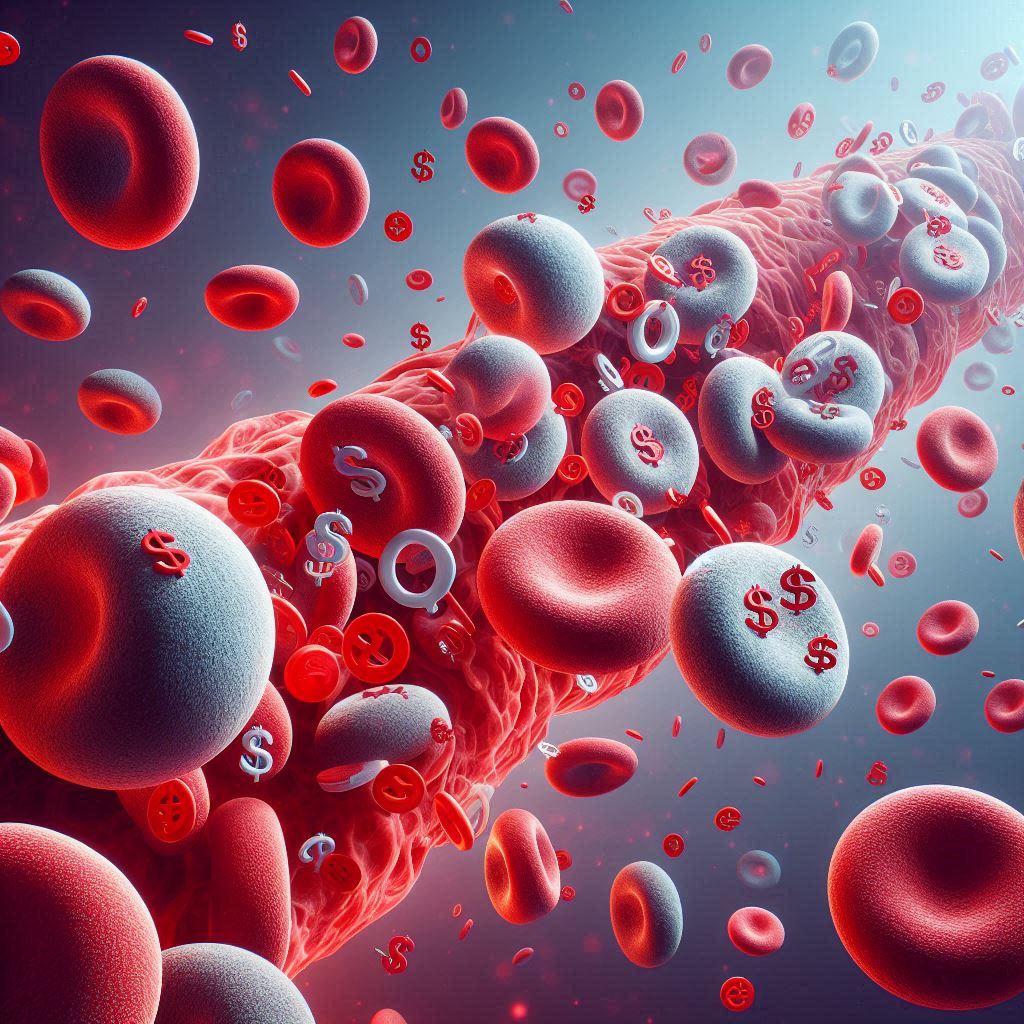
Introduction: The Future of Haemophilia A Treatment
When it comes to rare blood diseases, the introduction of Emicizumab, a bispecific monoclonal antibody, has been a significant milestone in the treatment of haemophilia A. The drug, produced by Roche, mimics activated factor VIII (FVIII) and is administered via subcutaneous injection, offering a more convenient alternative to intravenous treatment options mostly used. However, the cost-effectiveness of Emicizumab in non-severe haemophilia A patients remains uncertain. This article aims to shed light on this issue.
The HAVEN 6 Trial: A Closer Look at Emicizumab’s Effectiveness
The HAVEN 6 trial demonstrated that patients with non-severe haemophilia A on prophylactic Emicizumab experienced a significant decrease in treated bleeding monthly probability. However, Emicizumab’s high cost, roughly $47,000 per month in the United States, raises questions about its cost-effectiveness.
Cost-effectiveness Analysis: Emicizumab vs Standard Recombinant FVIII
To evaluate the cost-effectiveness of Emicizumab compared to standard recombinant FVIII, a recent study developed a Markov model. The model evaluated the quality-adjusted life expectancy and costs for these patients, using a lifetime time horizon with a 1-month Markov cycle. The annual discount rate for cost and health outcomes is 3%, and the perspective is from the United States payer. The willingness-to-pay level (WTP) is set at $150,000 per quality-adjusted life year (QALY).
Findings: The Financial Implication of Emicizumab Treatment
The analysis revealed that Emicizumab prophylaxis resulted in 62% fewer treated bleed events over patients’ lifetimes than recombinant FVIII prophylaxis. However, the cost of Emicizumab prophylaxis accrued to $17,400,000, resulting in an incremental cost-effectiveness ratio (ICER) of 14.5 million USD/QALY, making it cost-ineffective compared to standard of care. The two secondary outcome threshold analyses showed that (1) a 100% reduction in chronic arthropathy prevalence (i.e., 0% chronic arthropathy) decreased the ICER to $1 160 000/QALY and (2) 1 mg of emicizumab must decrease by 35% to $64.60 to be cost-effective at $150 000/QALY.

Global Perspective: Comparing Cost-Effectiveness Across Borders
Studies conducted in countries like Canada and reports from the Institute for Clinical and Economic Review suggest that Emicizumab prophylaxis can be cost-saving for patients with severe haemophilia A. However, this cost-saving benefit does not extend to patients with moderate or mild haemophilia A due to the lower prevalence of bleeding events and other related complications in this population. This discrepancy highlights the need for a more nuanced approach to pricing that takes into account the severity of the disease.
The Road Ahead: Pricing and Market Access
These findings underscore the need for careful consideration of indication-based pricing of novel therapies like Emicizumab. With the goal of value-based healthcare transformation in mind in the United States, indication-based pricing could improve patient outcomes at costs commensurate with clinical improvement.
Conclusion: Balancing Cost-Effectiveness and Therapeutic Innovation
In conclusion, the introduction of Emicizumab has undoubtedly shaken up the treatment landscape for haemophilia A, offering a more convenient and effective treatment option. However, the high cost of this novel therapy raises significant concerns about its cost-effectiveness, particularly for patients with non-severe haemophilia A. While Emicizumab prophylaxis has demonstrated significant clinical benefits in reducing bleeding events, its cost-effectiveness compared to standard recombinant FVIII remains unfavourable.
Furthermore, the discrepancy in cost-effectiveness across different countries and patient populations underscores the need for a more nuanced approach to drug pricing, which considers the severity of the disease and the specific patient population.
As the healthcare landscape continues to evolve towards a value-based model, it is crucial for stakeholders to balance the need for therapeutic innovation with cost-effectiveness. We must maintain a balance that makes new treatments like Emicizumab both affordable and accessible. This approach shouldn’t compromise the sustainability of healthcare systems. Future research should explore strategies to maximise the cost-effectiveness of these new therapies. One possible strategy is indication-based pricing. This way, we can ensure that we financially sustain the benefits of therapeutic innovation.
